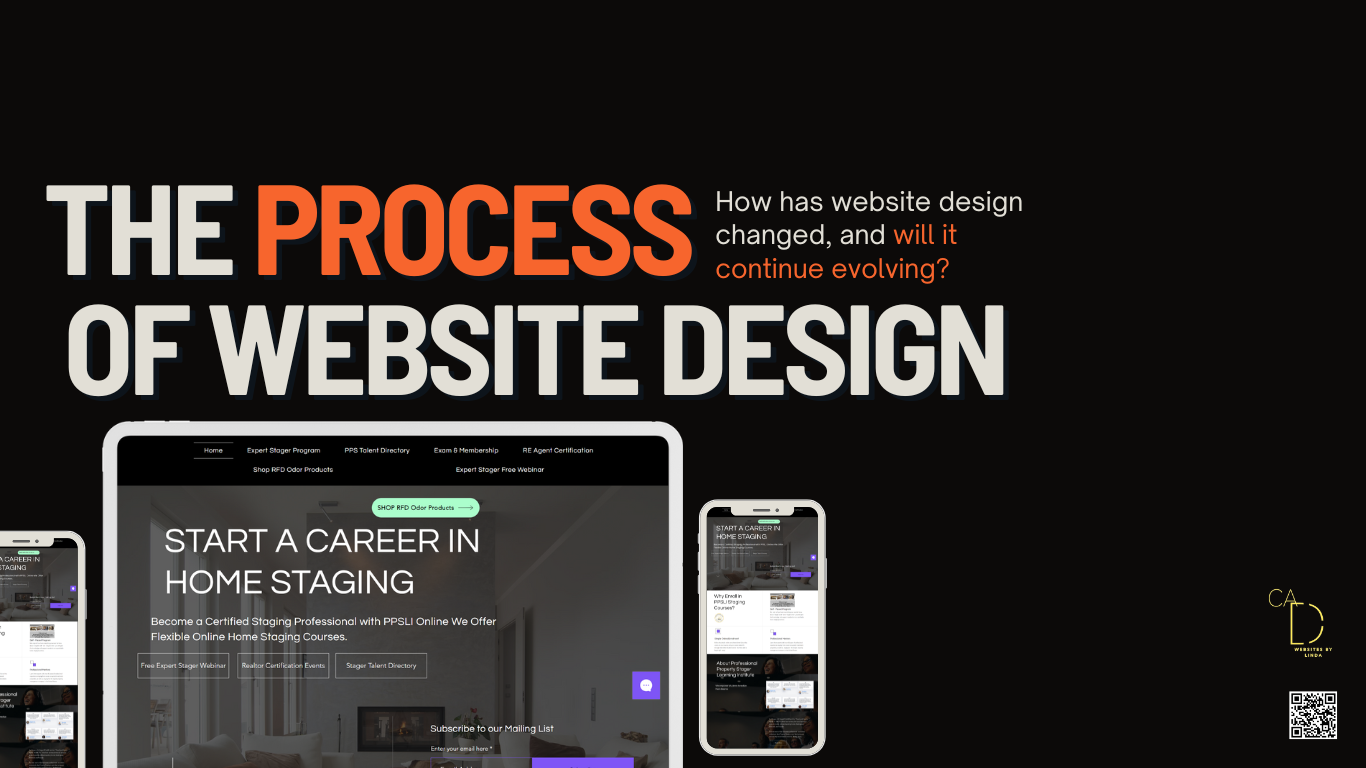

Interactive 360-Degree Views: Incorporating interactive 360-degree views, especially in real estate and e-commerce, to provide users with immersive and detailed visual experiences.
To create a unique interpretation of this text, we can envision a conceptual artwork that visually represents the essence of modern website design in the context of Washington DC's diverse business environment. This artwork will blend elements of digital technology, creativity, and the urban landscape of DC to illustrate the dynamic role of website designers in today's digital era.
Sustainable and Low-Impact Web Design: Emphasizing sustainable and low-impact web design, reducing the environmental footprint of digital products and services.
Fullscreen Video Backgrounds: Creates visual impact but requires optimization for performance and accessibility.
Cloud-Based Design Tools and Collaboration: Leveraging cloud-based tools for design and collaboration, facilitating remote work and real-time collaboration among teams.
Graphic Design Integration: This will be represented by custom illustrations, infographics, and unique branding elements within the web layout.
Wearable Technology in Web Design: Expands design considerations to include wearable devices, focusing on minimalism and functionality.
Integrating Wearable Tech Data: Designing web interfaces that integrate data from wearable technology, offering personalized insights and interactions based on health and activity data.
Access to Updates and Support: Template providers often offer regular updates to keep up with the latest web standards and technologies. Additionally, support is typically available, which can be invaluable for troubleshooting or guidance.
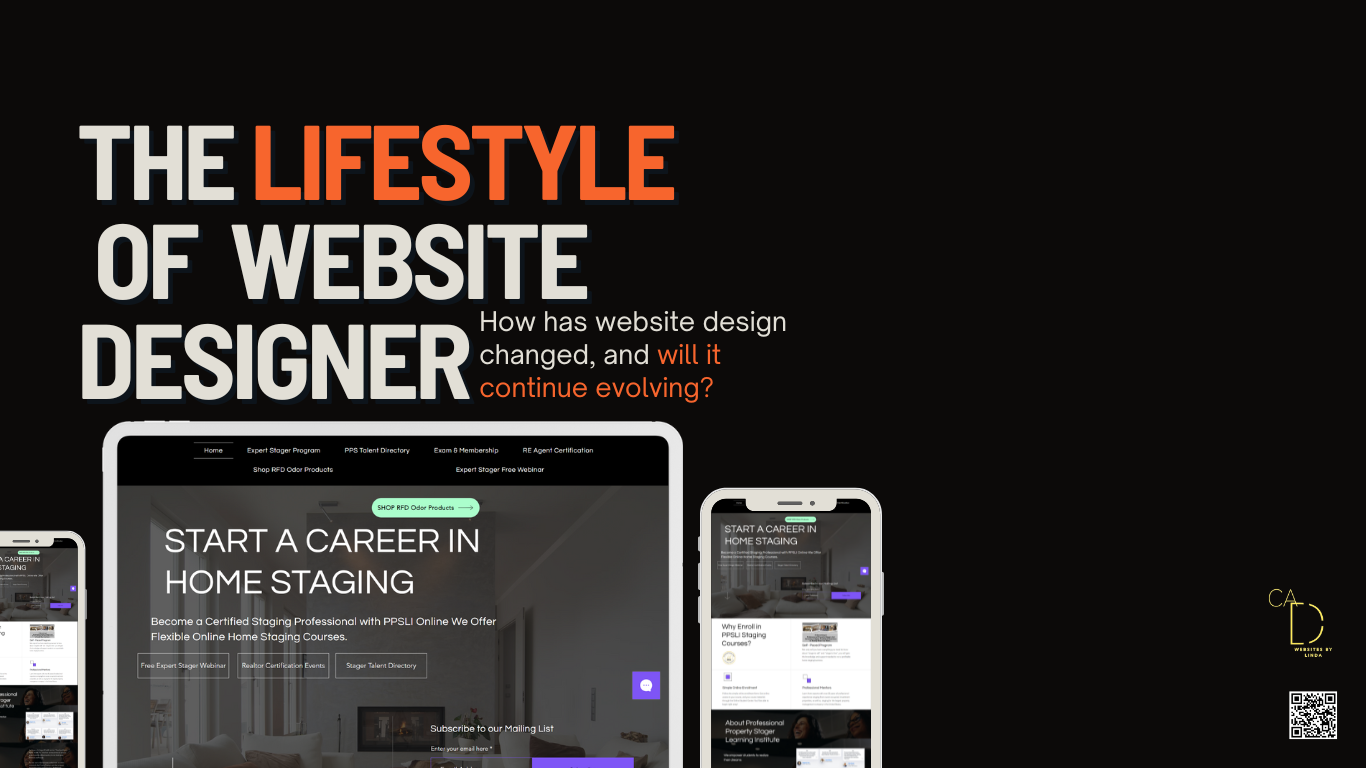
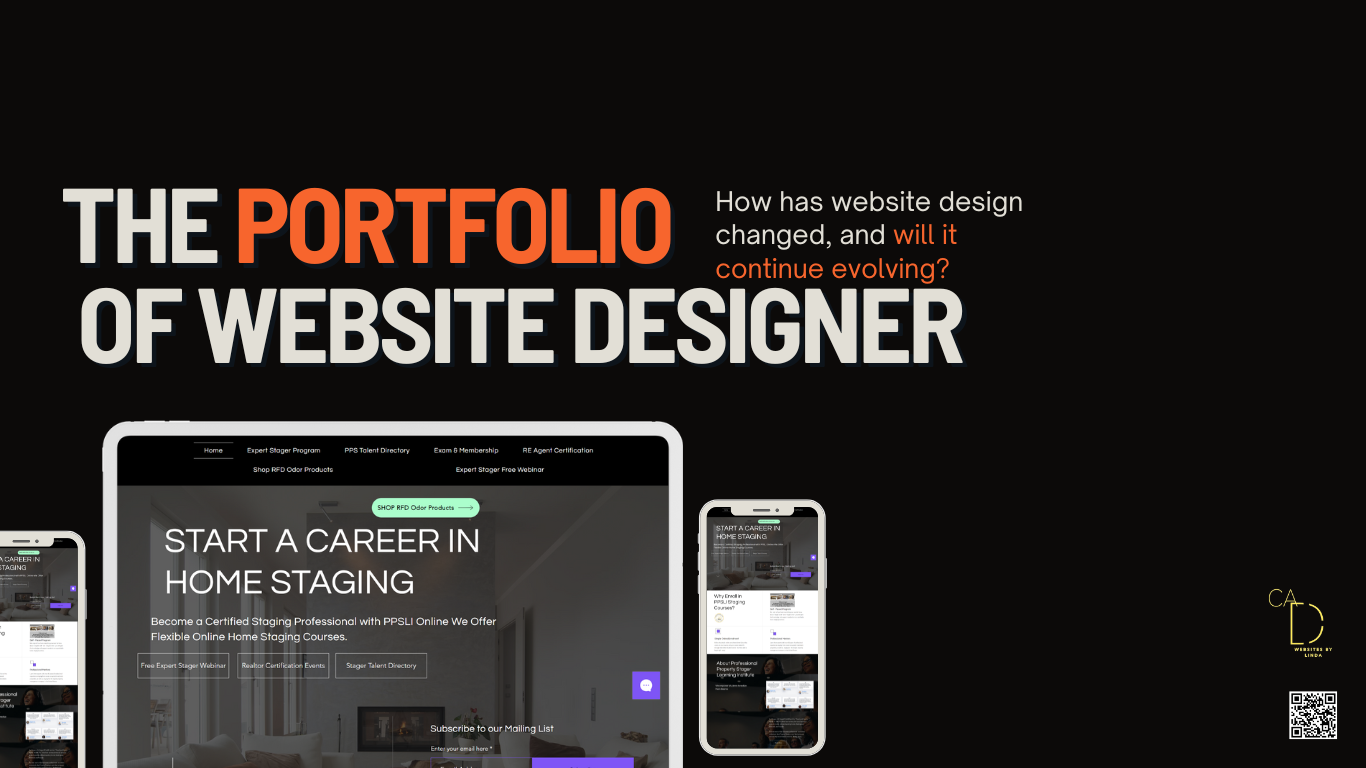
Augmented Reality (AR) Features: Integrate AR features that allow users to visualize web design elements in their physical space. For instance, using AR to project a web layout on a real desk or wall, giving a tangible feel to the design process.
Web Accessibility Auditing: Conducting regular web accessibility audits to ensure compliance with standards and providing an inclusive experience for all users.
Chatbot Advancements and AI Integration: Advancing chatbot capabilities with AI to provide more nuanced and effective user interactions and support.
Micro-Moments in User Experience: Designing for micro-moments, focusing on delivering the right content at the right time based on user intent and context.
Localized Web Design for Global Markets: Tailors design and content to regional cultural and language preferences, enhancing global user experience.
This composition will be a blend of a website interface and symbolic representations, creating a unique and visually engaging depiction of the themes described in the text. The image will be crafted in a modern, digital art style to reflect the contemporary nature of web design.
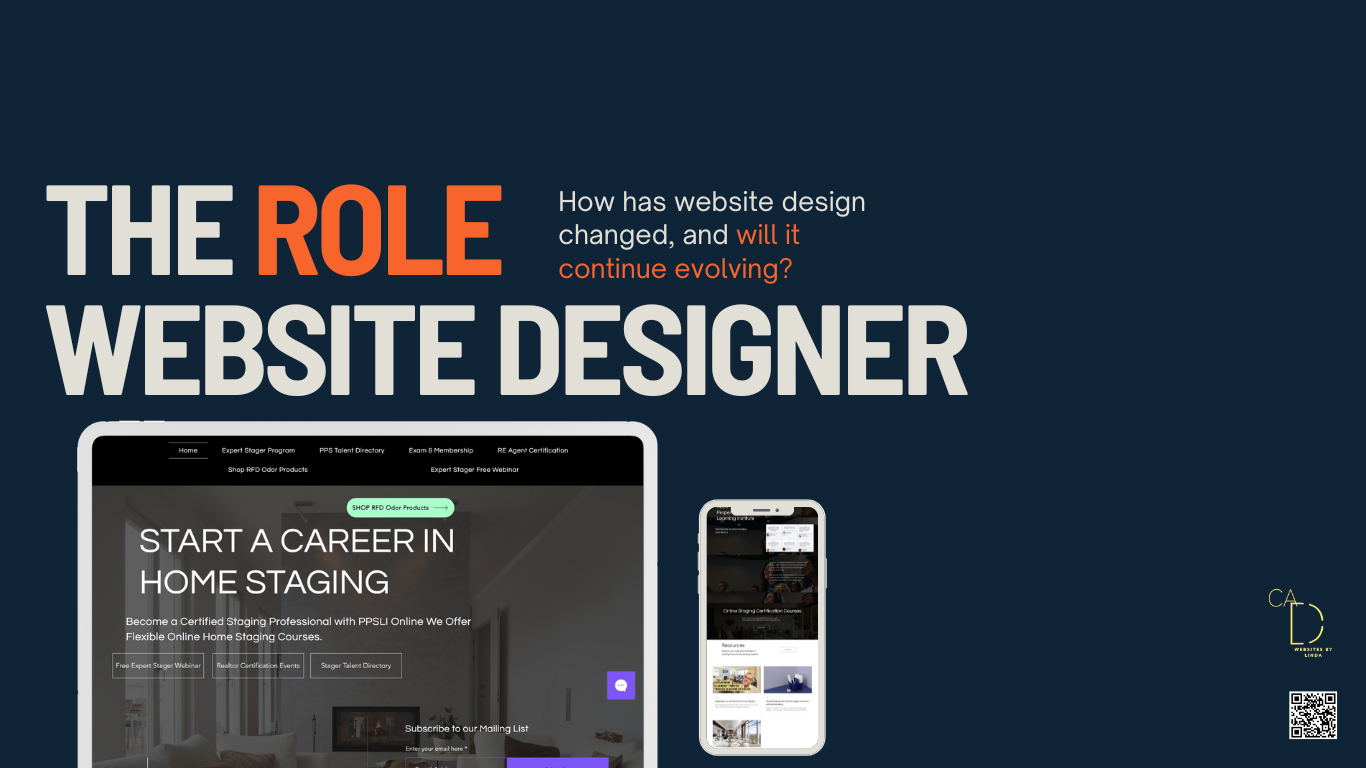

Microsites for Specialized Content: Utilizing microsites to deliver specialized content or experiences, separate from the main website but connected to the overall brand strategy.
Voice UI for E-Commerce: Integrating voice user interfaces in e-commerce sites for convenient voice-driven shopping experiences, enhancing accessibility and user convenience.
3D Graphics and WebVR: Exploring 3D graphics and WebVR to create immersive and interactive web experiences, particularly useful in fields like real estate, education, and gaming.
Microsite Strategies: Utilizing microsites for targeted campaigns or specific audiences, offering focused content and user experiences distinct from the main website.
Web Animation Techniques: Leveraging advanced CSS and JavaScript animation techniques to enhance visual storytelling and user interaction.
Typography in Responsive Design: Adapts typography for various devices, balancing legibility and aesthetics.
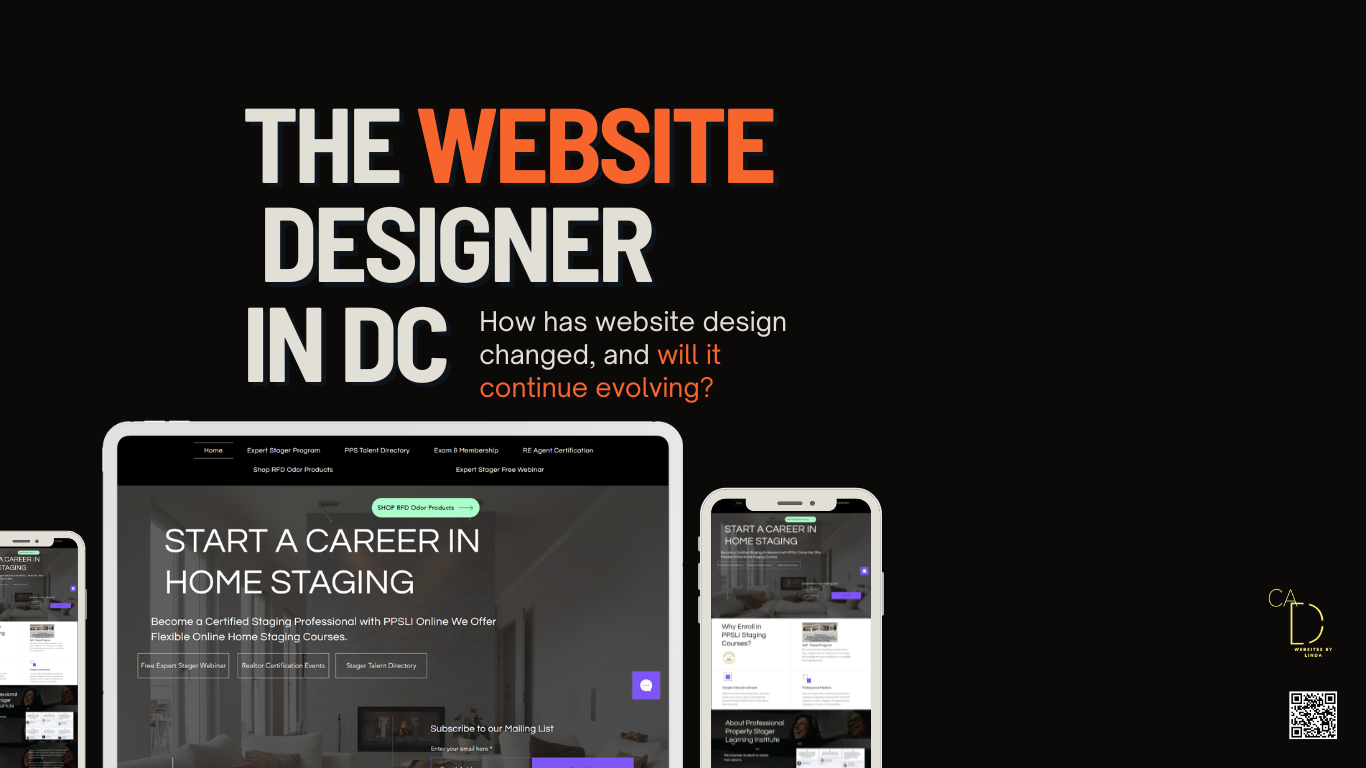
Hourly Rate Reasonably skilled freelance web designers make about $75 per hour. This figure can vary, though, according to CSS-Tricks. Website Builder Expert estimates that the cost to design a website is $30 to $80 per hour, while the cost to actually develop the website is $100 to $180 per hour.
A web designer creates the layout and design of a website. In simple terms, a website designer makes a site look good. They use design programmes to create visual elements and usually have expertise in user interface (UI), which means they strategically design a site that's intuitive and easy for visitors to navigate.
Google Web Designer is a free software tool available for download on both Windows and Mac computers. It does not have any subscription plans or pricing tiers, and users can access all of its features and functionality at no cost.